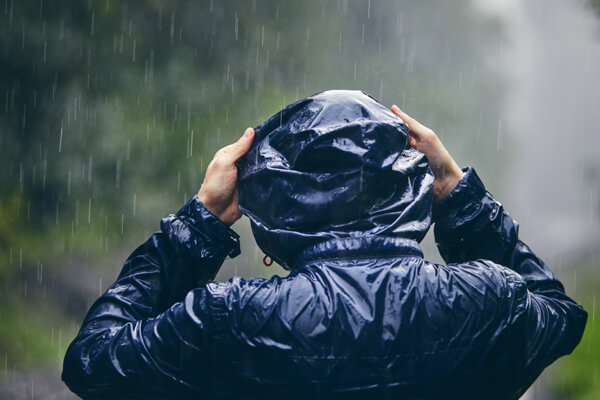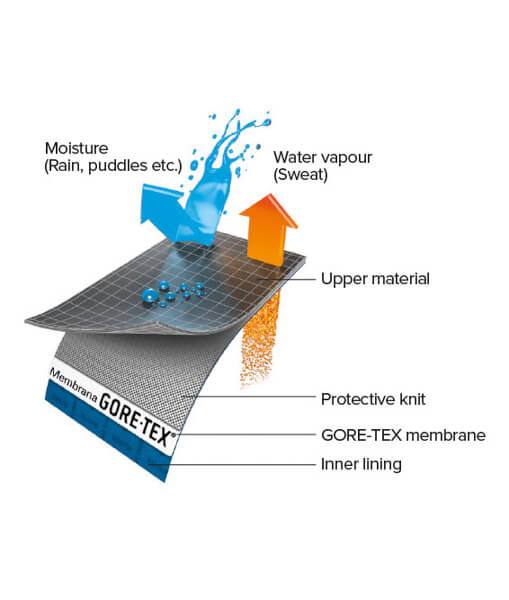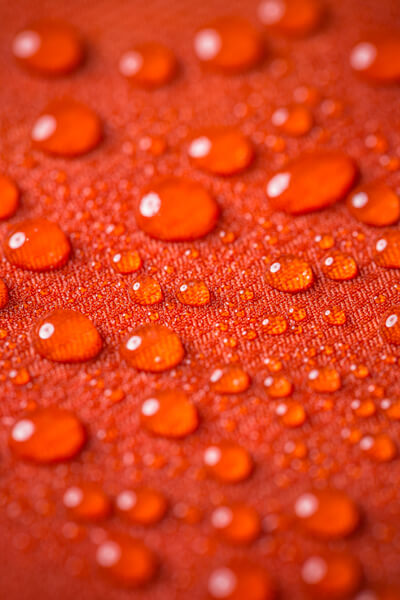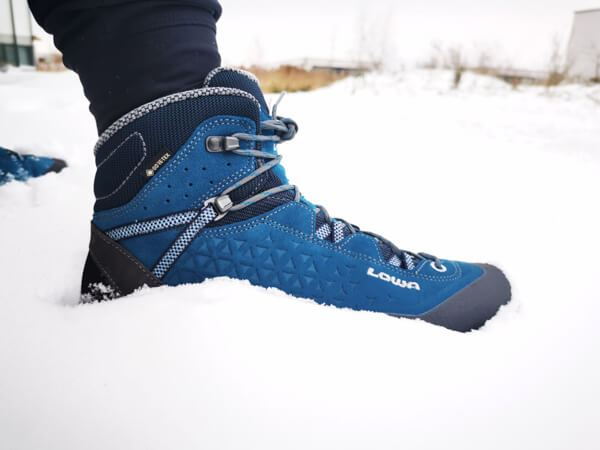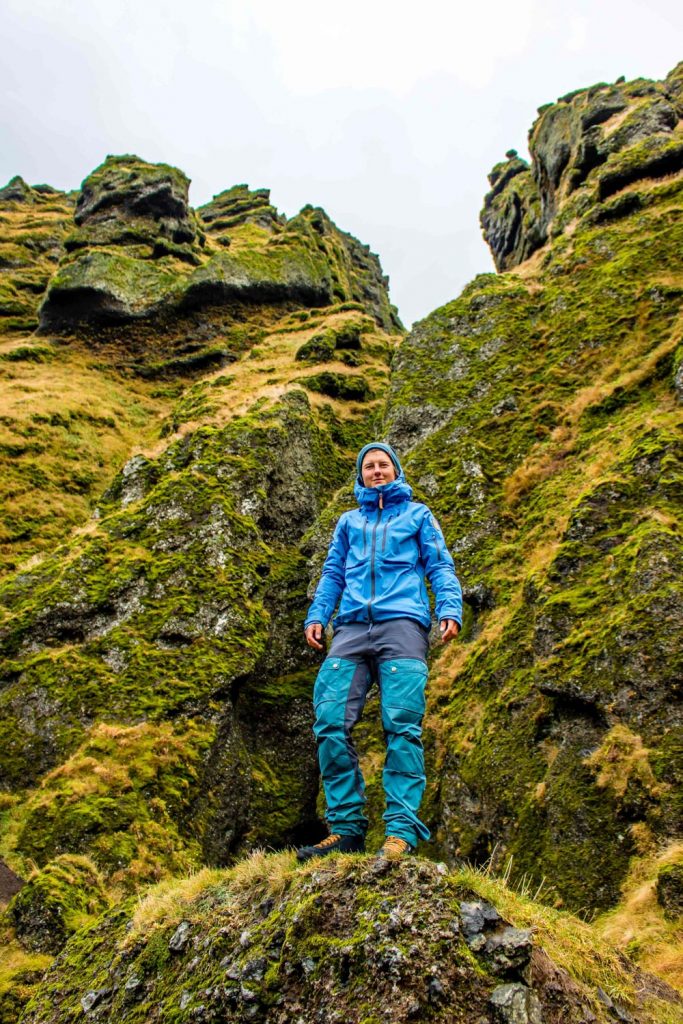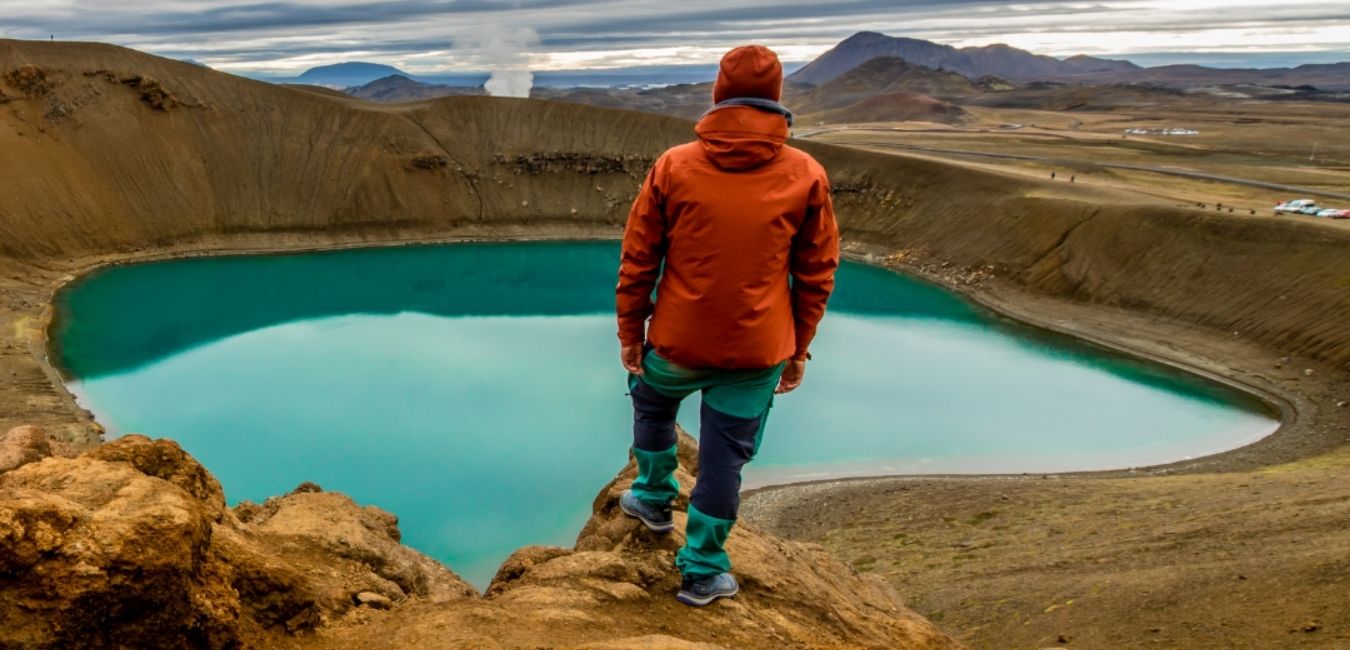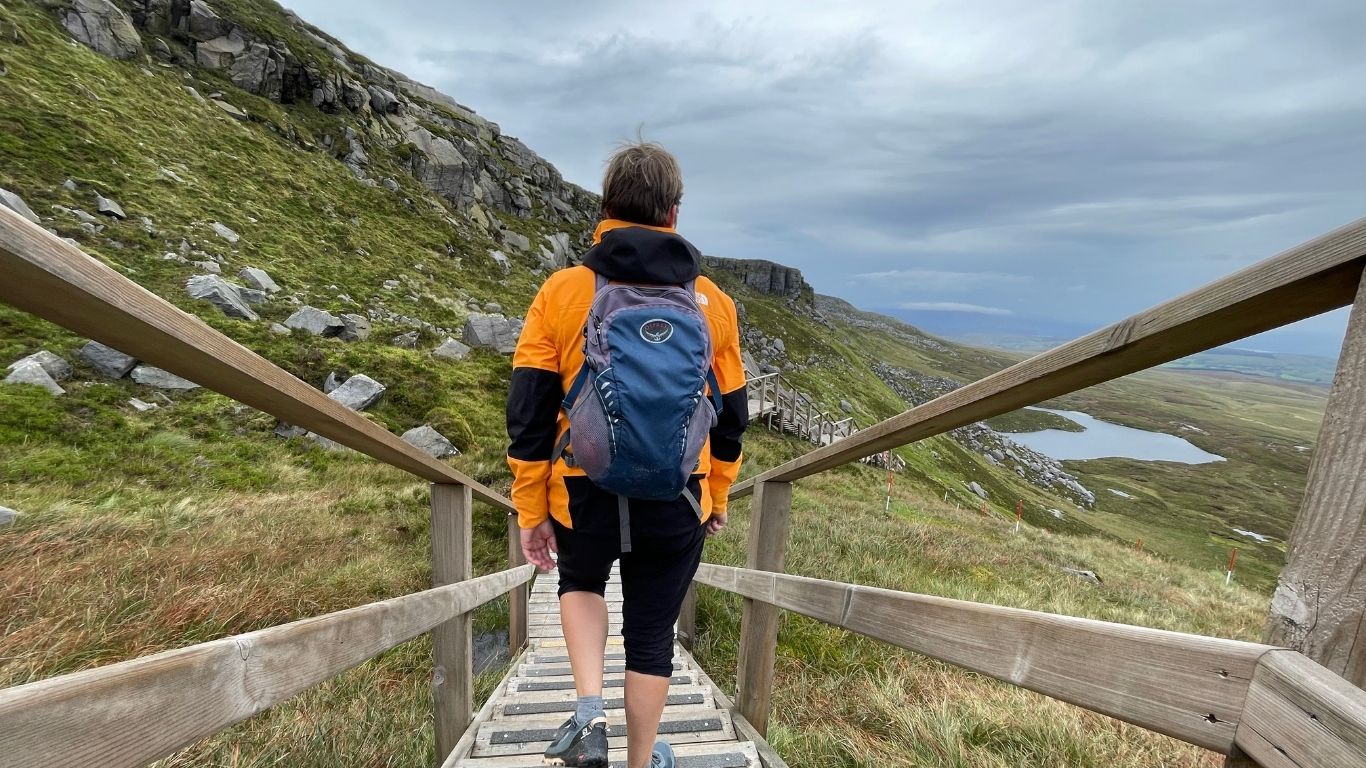Any experienced traveler knows that unplanned weather can either make or break your adventure. After all, there’s nothing worse than getting stuck in the middle of a torrential downpour or rainstorm (especially if you don’t have proper clothing). That’s why I never go anywhere without my GORE-TEX jacket.
As my loyal travel companion, GORE-TEX has been with me through thick and thin – or should I say rain and snow? Whether I’m trekking up a mountain or exploring a new city, I can always rely on my trusty GORE-TEX jacket to keep me dry.
From running shoes and rain jackets to hiking backpacks and even spacesuits, GORE-TEX is known for producing some of the best waterproof products on the market today. And while most people have heard of the company, very few actually understand how GORE-TEX works and what it really is.
In this article, we’ll explain exactly how the technology works and why you should consider purchasing a new GORE-TEX jacket or pair of sneakers for your next trip.
What is GORE-TEX?
GORE-TEX is a lightweight material that’s durable, waterproof, and breathable. It can be used in a wide range of products, from jackets and shoes to backpacks and ski pants.
The GORE-TEX fabric we know and love today was actually discovered by sheer accident. In 1969, innovator Wilbert L. Gore’s son was experimenting with polytetrafluoroethylene plastic (the base material used in GORE-TEX products). Not to get too scientific, but Gore discovered that by rapidly pulling the material, he could create a flexible, porous fabric that was super light and ultra-durable.
Several decades later, GORE-TEX has grown to become one of the biggest names in performance gear. In addition to the original design, many other types of GORE-TEX fabrics are available, including the heavy-duty GORE-TEX Pro and the insulated GORE-TEX Infinium.
GORE-TEX’s success is based on over 50 years of producing fabric that can withstand bad weather and even harsher elements. Every product even goes through in-depth testing to make sure it’s resistant and waterproof against water. So when you purchase a GORE-TEX product, you can rest assured that you’ll be getting a garment that’s not just waterproof and breathable but also strong enough to last for years.
What is GORE-TEX made of?
The GORE-TEX material is made out of expanded polytetrafluoroethylene, which you might know by its more common name – Teflon. That makes it waterproof and breathable, so it stops rain from getting in while also allowing heat and sweat to get out.
Teflon works wonders on repelling liquids on pots and pans, so why wouldn’t the same material work when it comes to clothing and fabric?
When you purchase a GORE-TEX product, you’re really investing in the main material – the innovative GORE-TEX membrane. Comprised of tiny, porous holes that wick away water and moisture, the GORE-TEX membrane is the key to keeping you dry at all times.
But don’t expect to see these tiny pores woven in your gloves or shoes – even with the help of a microscope. There are approximately nine billion holes for every square inch of GORE-TEX fabric, each one responsible for repelling water while also allowing perspiration vapors to escape.
This breathable membrane is then bonded and sewn beneath the outer layer of the clothing or fabric, essentially adding an extra layer of protection for you against the harsh elements of Mother Nature. GORE-TEX fabric was single-handedly created to keep you dry – from the rain and from your sweat!
How does GORE-TEX work?
The technology behind the GORE-TEX membrane is what makes their products waterproof and breathable. The pores in the GORE-TEX membrane are 20,000 times smaller than a drop of water, making it impossible for liquids to penetrate the surface of the fabric. However, the pores are also 700 times larger than water vapors, so sweat and other molecules have more than enough room to escape.
So to summarize – the pores in the fabric are large enough to allow perspiration to escape but small enough where water can soak through.
Depending on the material of the garment, it is possible for water to soak into the first outer layer of the fabric. If that happens, don’t worry. Because the protective GORE-TEX membrane sits below the first layer, the water won’t soak through to the insulation, so you won’t ever feel a single drop.
Using this unique technology, GORE-TEX is more waterproof and more breathable than other synthetic materials (like nylon) commonly used in outdoor gear. That’s why it’s one of our top choices for outdoor clothing and products.
Is GORE-TEX waterproof?
Generally speaking – yes. Most GORE-TEX products are indeed waterproof. The only exception is for products made with GORE-TEX Infinium, and newer model that focuses on functionality and comfort rather than water-repelling capabilities.
But the most popular products are made with the original waterproof GORE-TEX materials. These products are treated with a thin layer of Durable Water Repellant polymer (DWR). This coating causes water to bead and slide off of the GORE-TEX fabric rather than soaking into the material. With this DWR coating, the GORE-TEX product can certainly be classified as waterproof.
Keep in mind that after prolonged use, the DWR treatment can start to wear off. I recommend applying a water-repellant spray every few years to keep your gear looking (and functioning) like the very first day you bought it.
You might be wondering about the waterproof abilities of the seams and zippers in the fabric. Well, in addition to the DWR coating, all GORE-TEX garments go through a specialized seam-sealing process. They are also taped using GORE-SEAM tape, which also prevents water from leaking through.
When it comes to water protection, I truly believe that GORE-TEX has thought of everything! No wonder all their products are backed by their “Guaranteed to Keep You Dry” promise. So if for any reason you are unhappy with the waterproofness or durability of your GORE-TEX product, they will repair, replace, or refund the cost completely free of charge. That’s how confident they are that you’ll love your new GORE-TEX clothing.
In what kind of products is GORE-TEX used?
GORE-TEX is used for a wide variety of products, including outdoor clothing, hiking boots, and ski jackets. Over the years, they’ve partnered with some of the best brands in the outdoor sports and performance industry, such as Arc’teryx, The North Face, Patagonia, and Nike.
Along with their 24 different brand partners, GORE-TEX has released more than 180 styles of products that use their unique GORE-TEX membrane technology.
Due to its breathability and water protection capabilities, GORE-TEX is most commonly used in rain jackets. These lightweight shells are ideally used as an outer layer since they provide protection but not necessarily a lot of insulation. If you’re planning on traveling to colder climates, I recommend layering your jacket over insulated undergarments like sweaters and long underwear.
But as I mentioned, GORE-TEX has expanded beyond rain jackets and shells. You can now get waterproof and breathable GORE-TEX materials in a variety of products for practically every type of adventure you can imagine.
- GORE-TEX Converse sneakers for running errands? Check.
- GORE-TEX Hiking backpacks for weekend camping trips? Check.
- GORE-TEX snow gloves for that snowball fight? Check and check.
Are there similar materials to GORE-TEX?
While GORE-TEX is a common household name in the outdoor industry, it’s not the only company that produces waterproof clothing. Fjällräven also makes one of my favorite waterproof jackets – the Fjällräven Keb Eco-Shell.
Like GORE-TEX, Fjällräven garments are made to protect against rain and water. Their Eco-shell material has a 30.000 mm waterproof rating and a breathability rating of 20.000 (which, trust me – is quite impressive!).
On top of that, the stretchy material is super comfortable to wear, whether your hiking, cycling, or simply making a quick run to the grocery store. I’ve had my Fjällräven Keb Eco-Shell for years, and it holds up through practically every type of outdoor situation I’ve encountered, from skiing in Norway to trekking across Iceland.
When it comes to waterproof jackets, GORE-TEX and Fjällräven are both great options. Although you might prefer the styles or fit of one over the other, you really can’t go wrong with either of these brands.
Columbia OutDry is another competitor to GORE-TEX. While their clothing is sewn without the use of seams (therefore resulting in less water leakage), most reviewers say it tends to be less waterproof compared to GORE-TEX fabric.
Other companies with similar materials to GORE-TEX include H2NO (from Patagonia), HyVent (from the North Face), and the increasingly popular eVent fabric, which is similarly also made with stretch Teflon materials. Waxed cotton is another alternative material. While it’s extremely breathable, it doesn’t hold up in heavy rain.
Pin for later
Save this post on your Pinterest account in your ‘Ultimate Travel Tips board’ and find it back easily next time.
We love to hear from you!
We’re huge fans of GORE-TEX products (if you couldn’t tell)! But don’t just take our word for it – we recommend embarking on an adventure and battle testing your own GORE-TEX jacket or shell for yourself. Go for a walk, trek up a mountain, or spend the day camping out in nature and let us know if GORE-TEX has lived up to your expectations!

